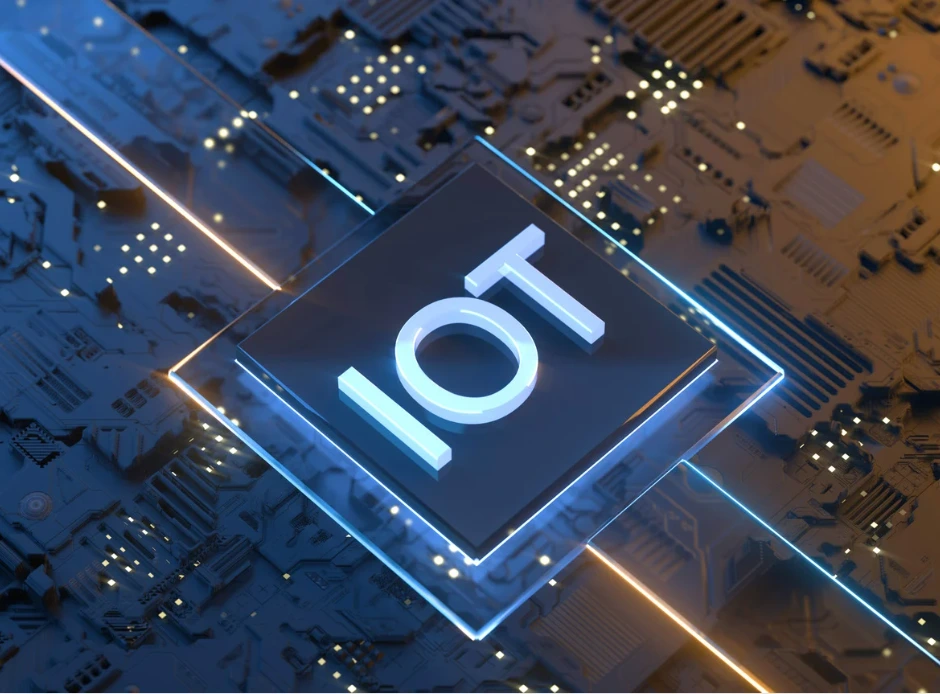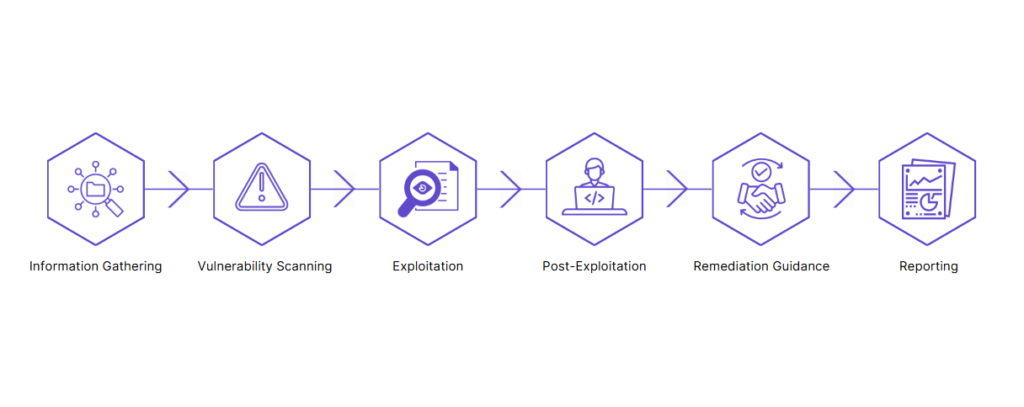The Internet of Things (IoT) is now a booming industry with a record of 15.14 billion connected devices in 2023. Its ability to process and transfer data from a myriad of devices connected to the internet makes it an essential tool for small and medium-sized enterprises (SMEs) and startups to accelerate growth and streamline operational processes.
Nonetheless, billions of dollars are spent yearly to recall broken IoT-connected devices. By the end of the year, it is expected that about $10 billion would have been spent on recalling faulty equipment. This cost calls for a thorough testing process to ensure everything in your IoT network is in sync and all the devices are performing as planned. You may wonder how to initiate a rigorous testing strategy for IoT projects. Check out our manual to set up efficient end-to-end testing tactics for your project.
A comprehensive introduction to the IoT testing framework
An IoT system i a combination of different components to form an interconnected network that facilitates data collection, monitoring, and transmission. Despite the diversity of IoT applications, almost all comprehensive IoT systems share a common characteristic: the integration of four discrete elements: sensors/devices, connection, data processing, and a user interface.

Developing and maintaining an IoT project can be a real pain since it entails using various software and hardware interfaces and related subsystems. Due to their interconnectivity nature, if one component is poorly built or inspected, it can affect the entire ecosystem and create a chain reaction that will become your IT team’s worst nightmare.
Additionally, your business will need your IoT system to stay on top of the latest software, and every software update comes with significant risks of malfunctions since there are too many moving parts that require double, if not triple-checking, to ensure their stability and performance.
The success of your IoT system all boils down to adopting a robust testing approach that will mitigate any defects along the way and ensure that your system is ready to serve the mission it was set out to deliver. A robust IoT testing framework should be able to inspect multiple aspects of the system, including its performance and functionality, security, compliance, interoperability, data privacy, and analytics validation. Especially for SMEs and startups, an overarching testing framework and approach are an indispensable step to a fruitful IoT solution project.
Explanation of the end-to-end testing method
End-to-end testing is an overarching method used in the IoT quality assurance process to conduct rigorous probes into its intricate and interlinked components. The end goal of this method is to ascertain that all the elements interact and function properly individually and collectively to manage a seamless data processing flow required for the desired use case. End-to-end testing also allows organizations to create a complete system assembly, followed by comprehensive testing to get valuable insights into its operation, usability, and signaling capabilities.

Benefits of End-to-End testing for IoT projects
End-to-end testing is a fundamental step within an IoT quality assurance cycle due to its ability to run a thorough check on all possible errors that could incur extra costs and time for your business. The approach is believed to be the most logical and practical use of your quality assurance resources to ensure the IoT project ticks all the boxes regarding requirements. The testing method also provides a valuable framework for application architecture testing, validation, and verification, as well as integrating all components and business requirements.
This method is also highly versatile in allowing your business to detect defects at the level of integration as well as locate problems at the component level, which enables enterprises to avoid malfunctions in commonly overlooked parts of the system. Testing end-user perception and analyzing real-time use scenarios is another strong suit of this testing method, allowing enterprises to gain comprehensive insights into the system’s overall performance and functionalities.
In the case of SMEs and startups, this method is a vital step that they must pay attention to, but also need the capability to carry out independently. Especially when businesses do not want to build a maintenance team from scratch and carry the entire monitoring process in-house. As such, onboarding an IoT solution partner to develop and maintain their system is an optimal and beneficial choice. A reliable IoT development and maintenance partner will possess the right expertise to design a bespoke system that solves your business’s pain points.
End-To-End testing strategy for SMEs and startups
Despite the undeniable benefits that the end-to-end testing approach provides your IoT project, there are multiple challenges that SMEs and startups need to take into account to devise an extensive strategy on how to ensure your IoT solutions can overcome these barriers and yield desirable results:
Ensure optimal testing approach for multiple different components:
Keeping track of the devices and software versions your consumers are most often using is fundamental in End-To-End testing since each device in an IoT ecosystem has distinct hardware and relies on different software to function.
Testing every potential combination of hardware and software may be impossible due to the vast number of device types, firmware versions, and system releases. As such, figuring out the most commonly paired hardware and software amongst users will help your business devote more resources to those combinations and do fewer targeted tests on the others.
Tackle IoT security concerns at its roots
Security is a fundamental concern in implementing an IoT system, as studies show that more than 70% of current IoT devices possess loopholes for security breaches. As such, testers of Internet of Things devices should pay special attention to the device’s password policy, ensuring that it includes and strictly enforces minimal password requirements.
When creating automated tests, it is essential to remember the commonly recommended practice that devices have a new password set after the initial login.
Making sure the capacity for real-time updates
Testing network infrastructure performance within an IoT system is crucial to ensure timely data transfer between the devices and components. To maintain proper functionality and no data loss, IoT devices and apps must be tested in various network conditions to ensure that issues do not compromise the Internet connection speed or reliability of smart devices with the underlying network infrastructure.
Your business should consider network virtualization as the approach creates programmed simulations of various network situations and responses because creating a network with all possible conditions is rarely realistic. During testing, your business should also monitor the device’s system metrics, CPU, and memory use.
Implement effective management for a diverse set of communication protocols
Modern Internet of Things devices employ various communication protocols to exchange data with controllers and one another. Message Queuing Telemetry Transport, Extensible Messaging and Presence Protocol, and Constrained Application Protocol are all popular protocols, each with its own advantages and shortcomings.
To simplify developer interaction with the device, a layer of APIs is often added on top of the original communication protocol, using JSON or XML as the underlying data formats. As such, the testing tool of choice must be compatible and be able to support these protocols and APIs to be proven effective.
Final thoughts
End-to-end testing is essential to any IoT project cycle to enable a seamless operation and timely response in the system. Integral and vital as it is, end-to-end testing requires significant efforts from testers, developers, and business leaders to devise the right strategies and appropriate deployment. Suppose your business wishes to streamline and enhance the productivity of this testing method.
In that case, onboarding an IoT solutions partner is always the best option to achieve your desired outcomes at a reasonable cost and in the shortest time frame. Contact us to learn more
Let’s get started with Sunbytes
Let us know your requirements for the team and we will get back to you right away.


